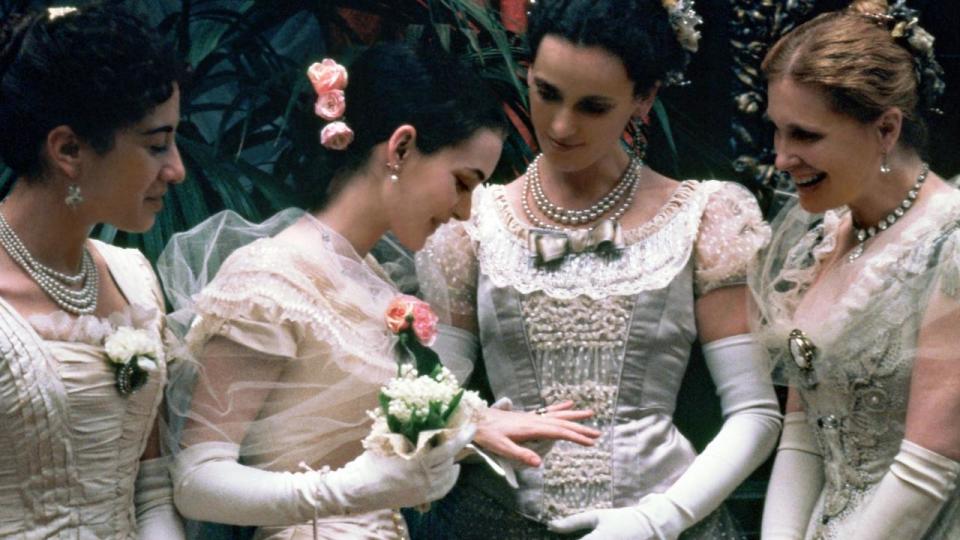Here’s Why Cinematographer Michael Ballhaus Was Brilliant: 13 Images That Capture His Style

The late cinematographer Michael Ballhaus didn’t grow up watching movies. His parents were stage actors, and he first fell in love with the art of performance. And as a cinematographer, one of his many gifts was the way he captures actors’ faces and how his camera found its rhythm with their movements and emotions.
He fell in love with movies at age 20 when he visited the set of Max Ophuls’ “Lola Montes.” Ballhaus spent 10 days on the circus set and became entranced by the period style and the master director’s virtuoso swirling camera movement. Not until Ballhaus’ later Hollywood work, on films like “The Age of Innocence” or “Bram Stoker’s Dracula,” did he get the chance to work on lavish sets and play with all the toys of prestige filmmaking. Yet in his many early collaborations with director Werner Fassbinder, Ballhaus found ways to mirror the elegance of Ophuls’ camera. Referencing the ’50s melodramas of Douglas Sirk that Fassbinder loved, he created beauty and style while working faster than most modern-day digital indie productions.
That ability to elegantly move the camera and create distinct style under extreme limitations quickly bonded Ballhaus to director Martin Scorsese on their first film together, “After Hours,” which was an extremely low-budget film shot at night in New York’s SoHo. That spawned a decade-plus collaboration in which Ballhaus became an integral part of Scorsese learning how to move the camera in the new age of the steadicam, and diving head first into ambitious passion projects like “The Last Temptation of Christ” and “Goodfellas.”
READ MORE: Michael Ballhaus, Who Lensed ‘Goodfellas’ and ‘The Departed,’ Dies at 81
“There is always a huge difference in the way an image is described and the way it is turned into reality,” Ballhaus once said about his collaborations with directors. It’s in that space between the great auteurs’ visions and the final product you can see the distinct art of this genius cinematographer.
Here a some images that capture that brilliance.
“Beware of the Holy Whore,” Directed by Fassbinder (1971)
“The Bitter Tears of Petra von Kant,” directed by Fassbinder (1972)
“World on a Wire,” directed by Fassbinder (1973)
“Fox and His Friends,” directed by Fassbinder (1975)
“The Marriage of Maria Braun,” directed by Fassbinder (1979)
“After Hours,” directed by Scorsese (1985)
“Broadcast News,” directed by James L. Brooks (1987)
“The Last Temptation of Christ,” directed by Scorsese (1988)
“Goodfellas,” directed by Scorsese (1990)
“Bram Stoker’s Dracula,” directed by Francis Ford Coppola (1992)
“The Age of Innocence,” directed by Scorsese (1993)

If you are looking to dig into the great cinematographer’s work, the Criterion Collection has beautiful restorations of seven of his classic films.
Related stories
Martin Scorsese Remembers His Cinematographer Michael Ballhaus: 'He Changed My Way Of Thinking'
Michael Ballhaus, Who Lensed 'Goodfellas' and 'The Departed,' Dies at 81
Thelma Schoonmaker Says Martin Scorsese Wants to Keep Making Spiritual Films Like 'Silence'


